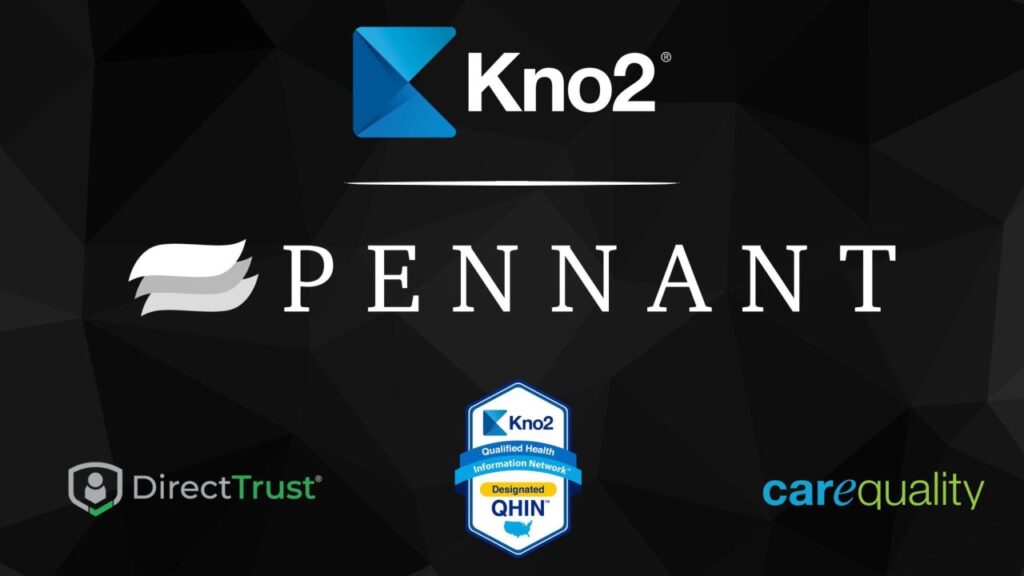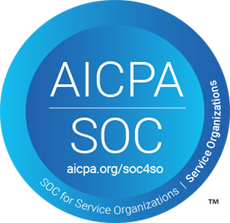For those of us who have worked in the healthcare space for any significant time, we know that accessing patient information in an emergency isn’t easy. But it’s vital that all of us, given we’re all potential “consumers” of the healthcare system in the US, understand just how efficient things aren’t. There have been some improvements over the years, some in direct response to Meaningful Use or other quality initiatives like HEDIS, in obtaining better and more consistent documentation to assist in delivering appropriate patient care in an emergent situation. Advance Directives, for example, are increasingly obtained as part of a patient’s care record. This helps ensure that an individual’s wishes are honored if they are unresponsive during a medical event. As interoperability continues to be a buzz word, many may assume that healthcare providers have access to each other’s records and that your ePHI is consistently available. Unfortunately, this is not the case – especially when you need it most: during an emergency.
The Struggle is Real: EMS is Largely Flying Blind
Short of a medical alert bracelet, the chances of Emergency Medical Services (EMS) having the most critical data about a patient’s condition(s) is rare. Some transport services may have access to the Electronic Health Records (EHR) of a hospital or health system, but that is too much work and no guarantee the patient has a medical record in that system. The unfortunate truth is that comorbidities and chronic, complex health conditions are the unfortunate norm in the United States and in most cases the medic is left with a patient history mystery while treating the patient in the field.
Interventions available from EMS are predicated on an understanding of a patient’s physical abilities, the absence or presence of certain conditions/diseases, assessment of weight and baseline vitals, as well as potential drug interactions based on current regimens. With the current disconnectedness that still prevails across the common care continuum, can you imagine delivering life-saving care with little to no visibility into your patient’s medical history. I don’t know about you, but I have a new found level of respect for the EMS responder in this story.
EMS Connectivity is Leading the Way in Plugging Gaps in PHI
Complexities and inefficiencies in implementing healthcare technology and defining interoperability wins continue to plague progress across the board. However, there are gleaming beacons of hope, case studies of health systems and technologies that are moving the needle and improving cost, quality and outcomes.
We are honored to be in the fray of connecting EMS with hospitals (and other care providers in the continuum) to overcome the barriers that first responders have historically experienced. EMS does not have to be blind anymore. There’s a better way to connect EMS with hospitals. Not only is this critical work important for the patient in need, but for the ED staff accepting the transfer, as well as the living, breathing humans






